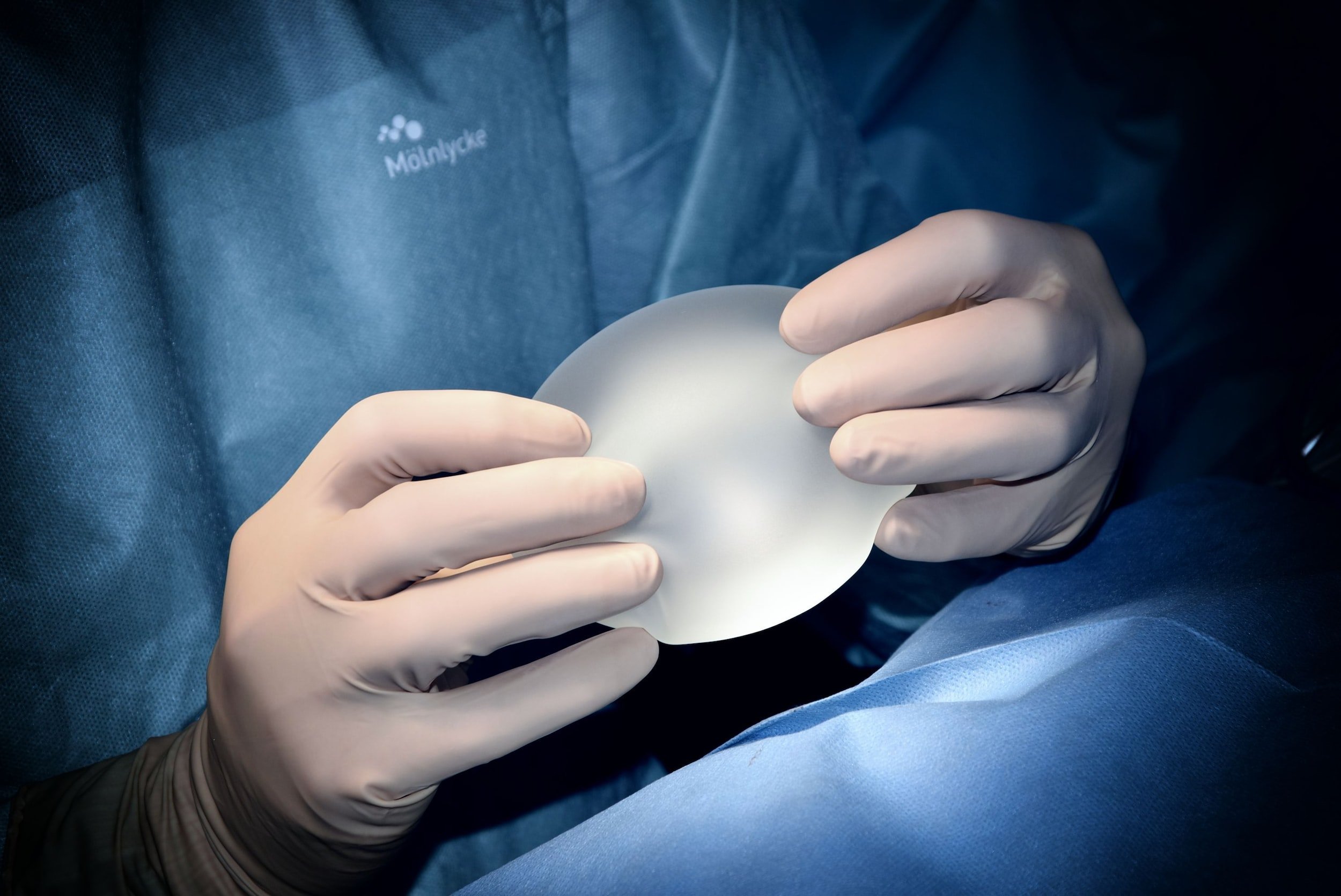
Breast Implant Safety
Breast implant safety has been a hot topic recently, and there has never been more investigation into the safety of breast implants. There are specific concerns around breast implants that are currently being investigated.
Infection
Capsular Contracture
Rupture/Deflation
Breast Implant Associated-Anaplastic Large Cell Lymphoma (BIA-ALCL)
Systemic Symptoms (also known as Breast Implant Illness)
Infection
Breast implant infection occurs approximately in approximately 1-22% of patients. When implants are placed for breast augmentation, infection rates are usually less than 1%. Infection rates are typically higher when breast implants are placed for reconstruction after a mastectomy. Infections are sometimes be treated with antibiotics alone, but there are cases when the implants need to be removed. Given this risk of infection, we take multiple steps in order to mitigate infection risks.
Sterility—When surgery is performed, we pay meticulous attention to sterility and make sure the surgical field is clean and sterile.
Antibiotic washes—The pocket where your breast implant is placed is irrigated well with different antibiotic irrigation solutions. There are multiple solutions available, but we use both oxychlorosene (Clorpactin) and povidone-iodine (Betadine).
Antibiotics—We use perioperative doses of antibiotics as a prophylaxis against infection. This is typically a short term course after surgery.
Capsular Contracture
Capsular contracture is hardening of the tissue around an implant. It can occur in one or both implants. Sometimes, it can be painful. The cause of capsular contracture is not known, but previous infection or an indolent infection may play a role.
There are four grades of capsular contracture, known as Baker grades.
Baker Grading Scale
Grade I: Breast is soft and looks natural
Grade II: Breast is a little firm but looks normal
Grade III: Breast is firm and looks abnormal
Grade IV: Breast is hard, painful, and looks abnormal
Grades III and IV capsular contracture may require surgery. The surgery involves removal of the implant with a partial capsulectomy and replacement of implant usually in a different plane (if the patient desires to have a breast implant).
The FDA has approved any devices to treat or reduce the incidence of capsular contracture.
Rupture/Deflation
Breast implants can rupture at any time after surgery. The longer an implant is in place, the greater a possibility of a rupture over time. When saline implants are used, the rupture is obvious because there is rapid deflation of the implant. Silicone implant ruptures can be more subtle because the silicone gel is cohesive. A silent rupture does not necessarily change the way an implant looks or feels, and it may be difficult to detect a rupture on physical exam alone. Magnetic resonance imaging (MRI) is the most effective method for detecting silent rupture of silicone gel-filled breast implants.
However, women may have symptoms after silicone breast implant ruptures including a decrease in breast size, change in breast implant shape, hard lumps over the implant or chest area, an uneven appearance of the breasts, pain or tenderness, tingling, swelling, numbness, burning, or changes in sensation.
When silicone gel-filled implants rupture, the silicone gel escapes through the hole in the implant shell but remains confined within the tissue capsule around the implant, called an intra-capsular rupture. If the gel migrates beyond the capsule around the breast implant, it is called an extracapsular rupture.
Breast implants are not meant to be lifetime devices, and they should be monitored by regular visits with your plastic surgeon. The FDA recommends having your breast implants monitored with an MRI or Ultrasound 5-6 years after placement followed by every 2-3 years afterwards.
Systemic Symptoms
Systemic symptoms, also known as Breast Implant Illness (BII), is a condition that some women are developing after having breast implants inserted. The symptoms of BII are vague and variable, which include but are not limited to fatigue, muscle pain/weakness, chronic pain, memory/concentration problems, depression, migraines, rashes, and chronic-flu-like symptoms. BII is a poorly understood phenomenon, and plastic surgeons are studying it more to learn about it.
If you develop any of these symptoms, you should see your primary care doctor to investigate them. Unfortunately, these systemic symptoms are vague and common in many different conditions. Many women in this scenario choose to have their breast implants removed, and the majority of these patients see symptom relief.
